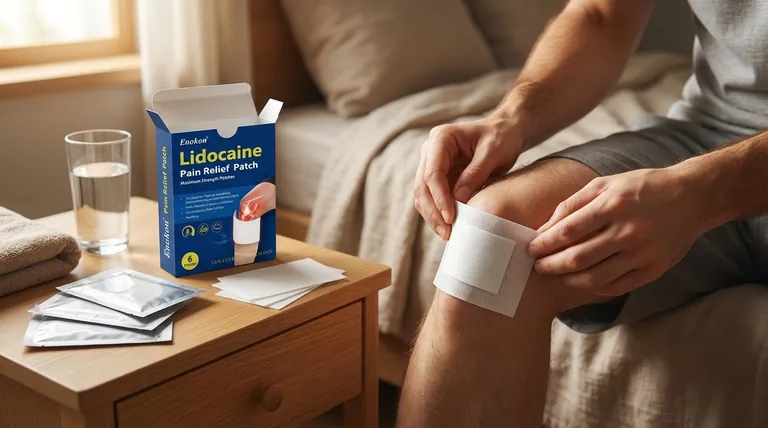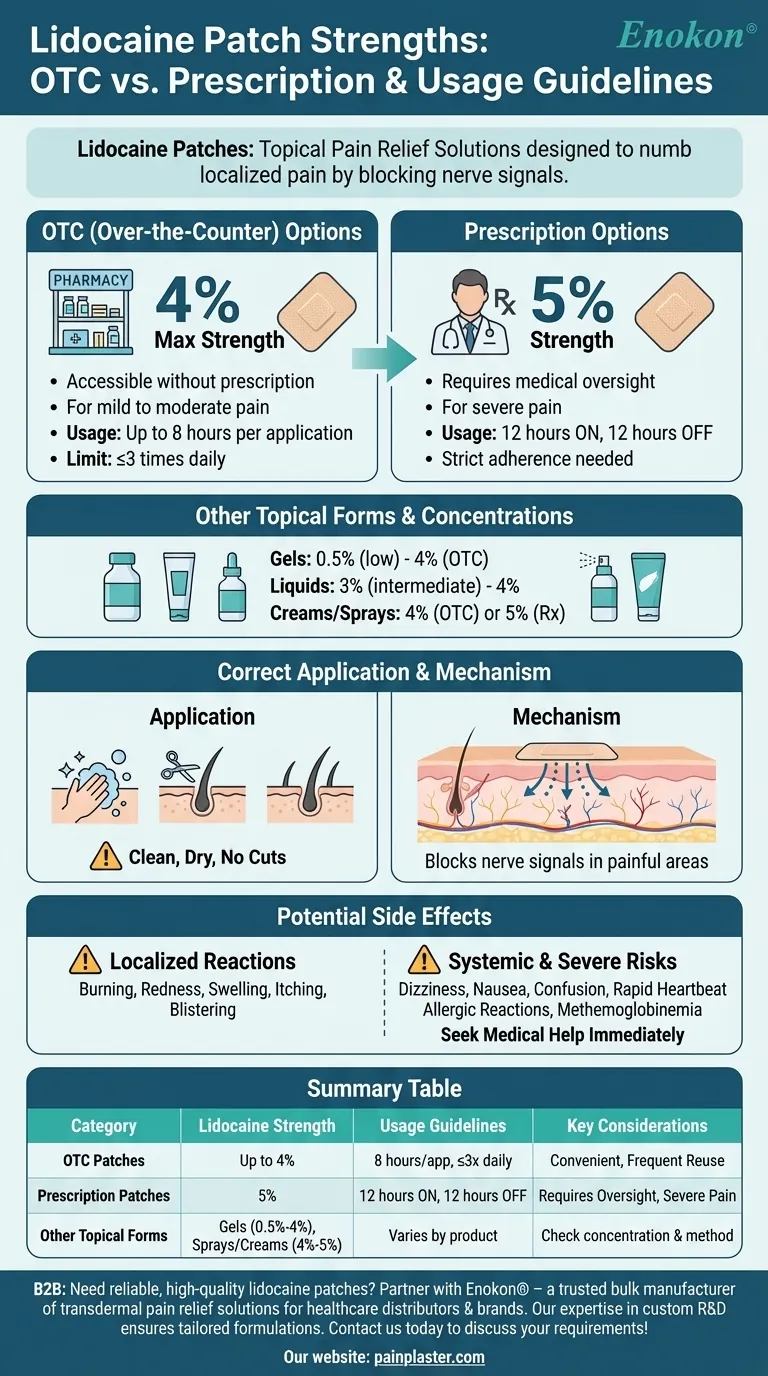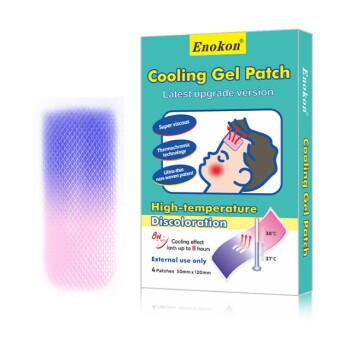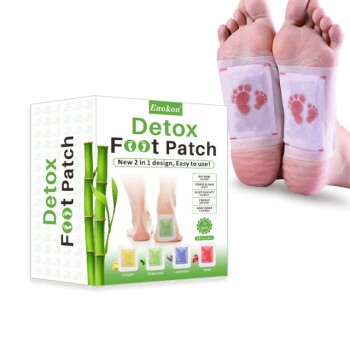Lidocaine patches are topical pain relief solutions available in varying strengths, primarily categorized into over-the-counter (OTC) and prescription options. The OTC versions typically max out at 4% lidocaine concentration, while higher strengths like 5% require a prescription. These patches are designed to numb localized pain by delivering lidocaine through the skin to underlying tissues. Proper application involves cleaning the area, trimming excess hair, and adhering to usage guidelines—8 hours for OTC patches (up to three times daily) and 12 hours for prescription patches, followed by a 12-hour break. Side effects range from mild skin reactions to rare systemic issues, necessitating cautious use and medical attention for severe symptoms.

Key Points Explained:
1. Available Strengths of Lidocaine Patches
- OTC Options: Limited to a maximum of 4% lidocaine concentration. These are accessible without a prescription and commonly used for mild to moderate pain.
-
Prescription Options: Include 5% lidocaine patches, which are reserved for more severe pain and require medical oversight.
- Reference: /topic/lidocaine-patch
2. Forms and Concentrations of Topical Lidocaine
While patches are a specific delivery method, lidocaine is also available in other topical forms with varying strengths:
- Gel: 0.5% (low strength) to 4% (OTC max).
- Liquid: 3% (intermediate) to 4%.
- Cream/Spray: 4% (OTC) or 5% (prescription).
3. Usage Guidelines
-
OTC 4% Patches:
- Wear for up to 8 hours per application.
- Limit to three applications daily to avoid overuse.
-
Prescription 5% Patches:
- Can be worn for up to 12 hours, followed by a 12-hour break.
-
Precautions:
- Avoid combining with other topical pain relievers or heat therapy.
- Ensure skin is clean, dry, and free of cuts before application.
4. Potential Side Effects
- Localized Reactions: Burning, redness, swelling, itching, or blistering at the application site.
- Systemic Effects: Dizziness, nausea, confusion, or rapid heartbeat (rare but serious).
- Severe Risks: Allergic reactions or methemoglobinemia (oxygen deprivation)—seek immediate medical help if symptoms like breathing difficulties occur.
5. Mechanism of Action
Lidocaine patches work by:
- Adhering to the skin and slowly releasing lidocaine into underlying tissues.
- Blocking nerve signals in the painful area (e.g., back, knee, or shoulder).
6. Considerations for Purchasers
- OTC vs. Prescription: Assess pain severity to determine if 4% suffices or if a 5% prescription is needed.
- Cost and Accessibility: OTC patches are more convenient but may require frequent re-purchasing; prescription options involve recurring doctor visits.
- Safety Profile: Monitor for side effects, especially with prolonged use or higher concentrations.
Lidocaine patches offer a targeted approach to pain management, but their effectiveness hinges on selecting the appropriate strength and adhering to usage guidelines. Whether for acute muscle pain or chronic conditions, understanding these nuances ensures safer and more effective relief.
Summary Table:
| Category | Lidocaine Strength | Usage Guidelines | Key Considerations |
|---|---|---|---|
| OTC Patches | Up to 4% | 8 hours per application, ≤3x daily | Convenient but may require frequent reuse |
| Prescription Patches | 5% | 12 hours on, 12 hours off | Requires medical oversight for severe pain |
| Other Topical Forms | Gels (0.5%-4%), Sprays/Creams (4%-5%) | Varies by product | Check concentration and application method |
Need reliable, high-quality lidocaine patches? Partner with Enokon—a trusted bulk manufacturer of transdermal pain relief solutions for healthcare distributors and brands. Our expertise in custom R&D ensures tailored formulations for your needs. Contact us today to discuss your requirements!
Visual Guide

Related Products
- Lidocaine Hydrogel Pain Relief Patch for Pain Relief
- Capsaicin Chili Medicated Pain Relief Patches
- Far Infrared Deep Heat Relief Patches Medicated Pain Relief Patches
- Asthma Cough and Pain Relief Patch for Adults and Kids
- Heating Pain Relief Patches for Menstrual Cramps
People Also Ask
- How can you use lidocaine patches for multiple sore spots? A Guide to Safe, Effective Pain Relief
- Are lidocaine patches safe to use during pregnancy? A Guide to Making an Informed Choice
- Is it safe to use lidocaine patches while breastfeeding? Expert Guidance for Nursing Mothers
- How are lidocaine patches typically used for pain relief during pregnancy? A Guide to Safe, Targeted Relief
- For what condition are lidocaine patches approved in the United Kingdom? A Guide to Postherpetic Neuralgia Treatment

















